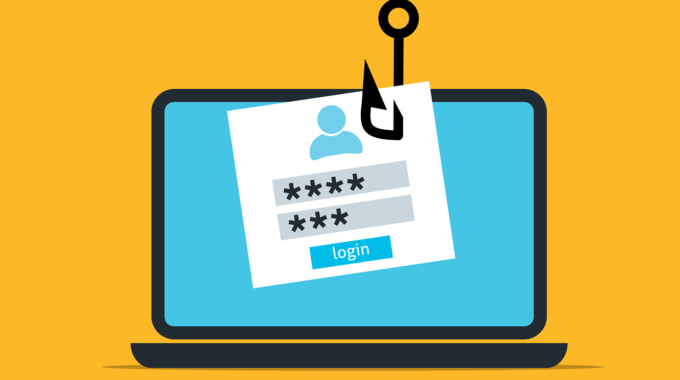How SSL Handshake Works?
Created on 26 May, 2023 | SSL | 505 views | 1 minutes read

Image source: top-ssl.it
SSL (Secure Sockets Layer) is a protocol that provides secure communication over the internet. It is commonly used to protect sensitive data such as passwords, credit card information, and personal details. The SSL handshake is a crucial part of establishing a secure connection between a client and a server.
The SSL Handshake Process
The SSL handshake involves a series of steps to negotiate the encryption parameters and establish a secure connection. Let's take a closer look at how the SSL handshake works:
1. Client Hello
The SSL handshake begins with the client sending a "Client Hello" message to the server. This message includes the SSL version supported by the client, a random number (ClientRandom), and a list of supported cipher suites.
2. Server Hello
Upon receiving the "Client Hello" message, the server responds with a "Server Hello" message. This message includes the SSL version chosen by the server, a random number (ServerRandom), and the selected cipher suite from the client's list of supported cipher suites.
3. Certificate Exchange
The server sends its digital certificate to the client, which contains the server's public key. The client verifies the authenticity of the certificate using a trusted Certificate Authority (CA). If the certificate is valid, the client proceeds to the next step.
4. Key Exchange
The client generates a pre-master secret and encrypts it with the server's public key obtained from the certificate. This encrypted pre-master secret is sent to the server. Both the client and the server independently derive the same master secret using their respective private keys. This master secret is used for symmetric encryption and decryption during the SSL session.
5. Session Key Generation
Using the master secret, the client and the server generate session keys that will be used for symmetric encryption and decryption of data during the SSL session.
6. Handshake Completion
Finally, both the client and the server exchange messages to notify each other that the SSL handshake is complete. They now have a secure SSL connection established, and data can be transmitted securely between them.
Conclusion
The SSL handshake is a critical process in establishing a secure connection between a client and a server. It ensures the confidentiality, integrity, and authenticity of the data transmitted over the internet. By understanding how the SSL handshake works, you can better appreciate the level of security provided by SSL and make informed decisions when it comes to protecting sensitive information.
Popular posts
-
Converting Between Long and Short URLs - URL Conversion Made Easy
3,919 views
-
Identifying and Addressing IP Reputation Issues - Exploring Blacklists
ip | 2,960 views
-
Implementing DNS Caching and Load Balancing - Maximizing DNS Performance
DNS | 2,657 views
-
The Power of Ping Tests - Boosting Network Performance
2,438 views
-
Difference Between Public and Private IP Address
ip | 2,092 views